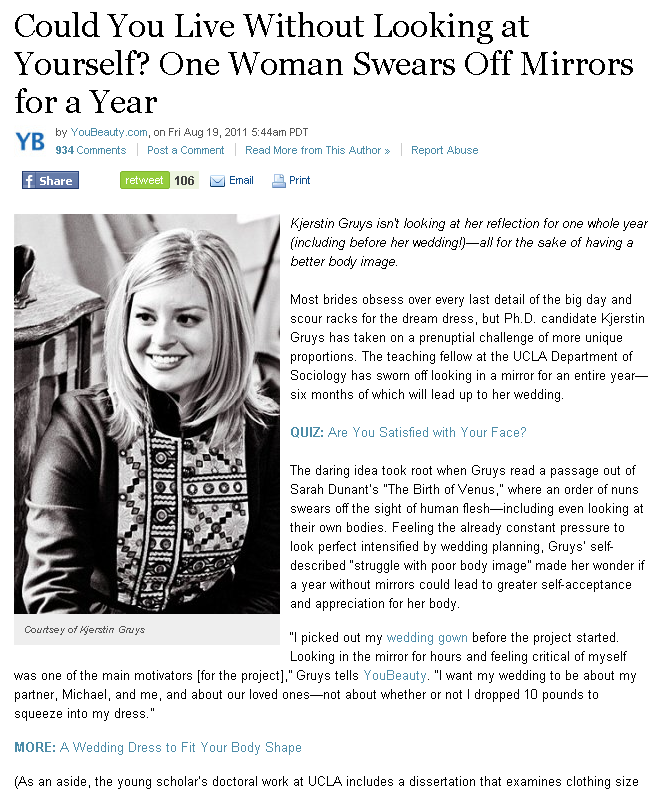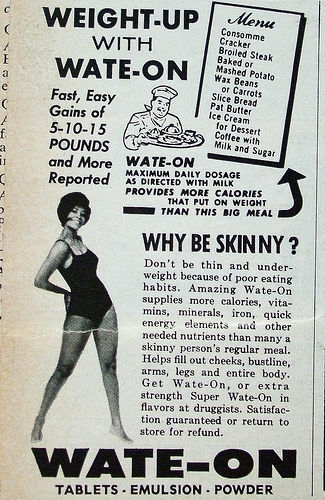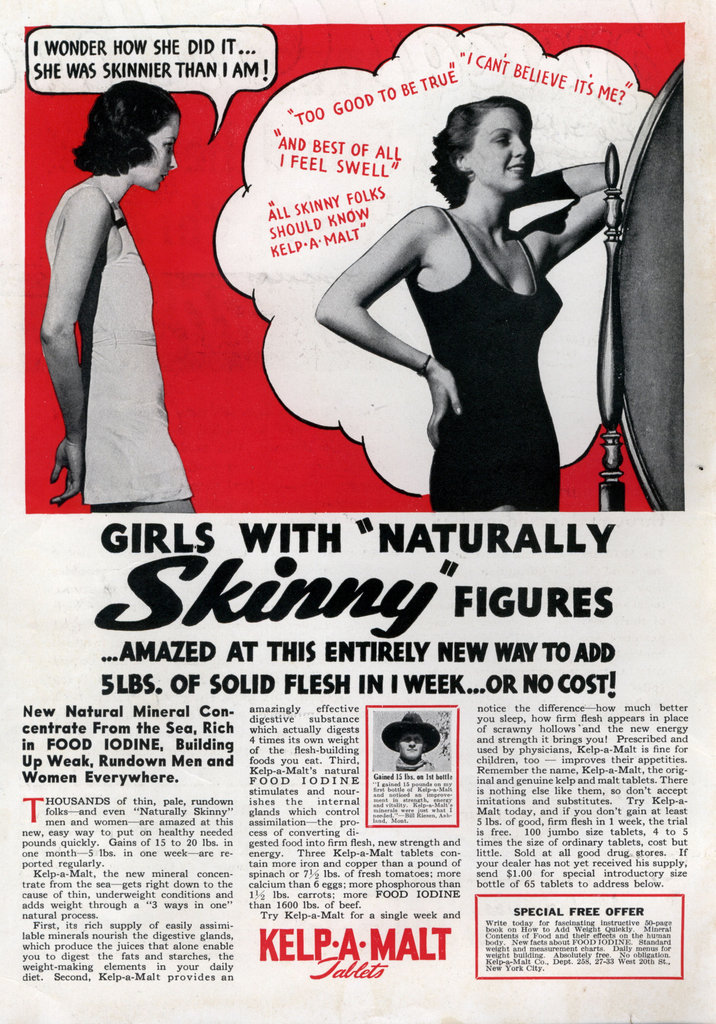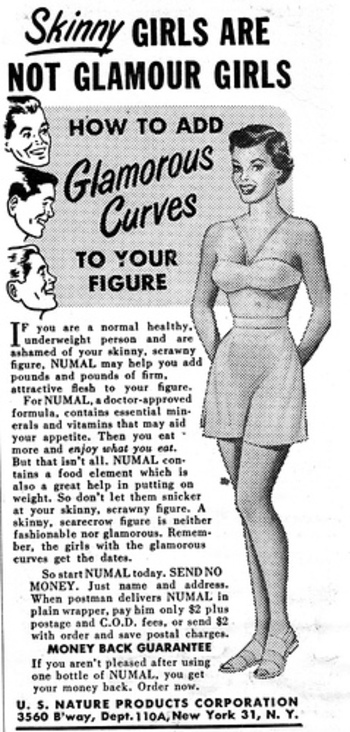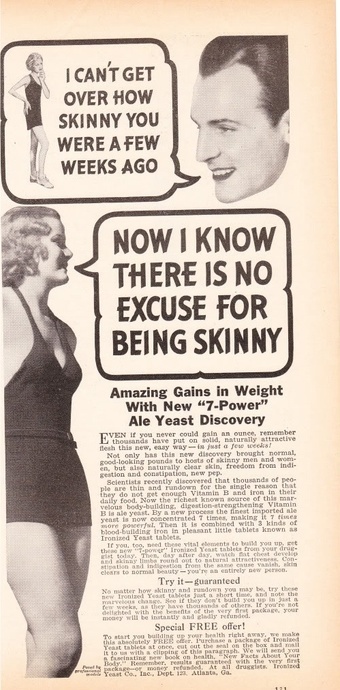Victoria and Paul (a sociologist from the University of Turku, Finland) sent in an ad for a woman’s guitar that nicely illustrates the way that we unnecessarily gender size difference. The Daisy Rock ad specifies that the guitar is “lighter weight,” with a “slimmer neck,” and designed exclusively for women:
On the one hand, this guitar may be great for women who are on the smaller side. In that sense, a smaller guitar may make it easier for more women to play guitar.
On the other hand, size is only related to gender, it’s not synonymous with gender. There are women who are built in such a way as to make a traditional guitar perfect. And there are men on the smaller side who may also benefit from a guitar built for slighter frames. The mistake is to suggest that small = female and large = male. In contrast to this girl-only company, one that simply offered guitars in different sizes would be embracing of both women and the 1/2 of guys on the smaller side of the bell curve.
Lisa Wade, PhD is an Associate Professor at Tulane University. She is the author of American Hookup, a book about college sexual culture; a textbook about gender; and a forthcoming introductory text: Terrible Magnificent Sociology. You can follow her on Twitter and Instagram.











